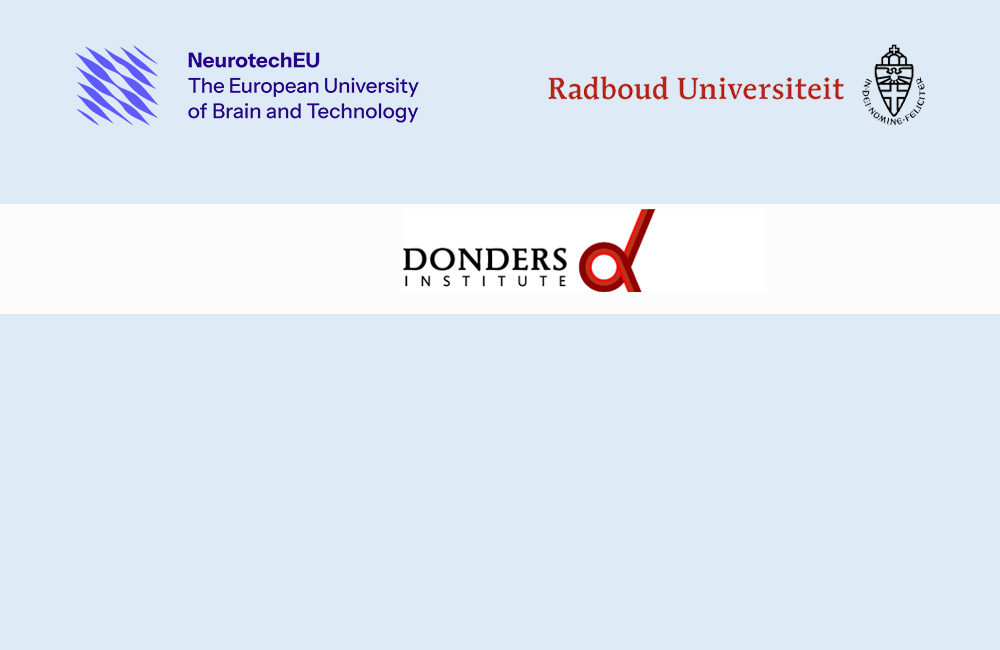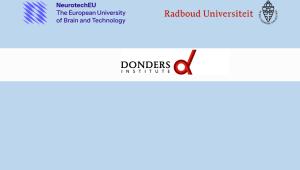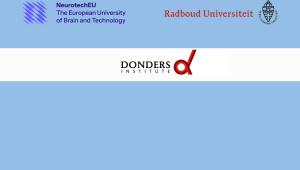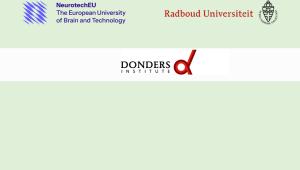Transcranial Ultrasonic Stimulation (TUS) – sneak peek
General introduction to non-invasive brain stimulation (NIBS), and cover key concepts like circuits, plasticity, state-dependency and safety
In this course, we introduce transcranial ultrasonic stimulation (TUS) to those who are new to the field of non-invasive brain stimulation (NIBS). We will explain what TUS can be used for, in the context of biomedical and research applications of ultrasound, illustrated using example studies. Additionally, we provide a brief history of the technique and a broad introduction to the biophysics of TUS.
Lessons
Number of lessons: 4-
Lennart Verhagen
Overview of transcranial ultrasonic stimulation (TUS). TUS is introduced in the context of the wide range of biomedical applications of ultrasound, followed by a brief description of the underlying mechanisms,…
-
Sjoerd Meijer
Overview of transcranial ultrasonic stimulation (TUS). TUS is introduced in the context of the wide range of biomedical applications of ultrasound, followed by a brief description of the underlying mechanisms,…
-
Soha Farbound
This lecture covers the basic neurophysiology and biomechanisms of TUS. Some basic neurophysiological processes, including action potentials and plasticity, are summarised as a basis for discussing the potential…
-
Benjamin Kop
TUS can have a variety of effects and can therefore we used for many different basic science and clinical applications. One way to tune the effects is to modify the application protocols. The goal of this lecture is…






